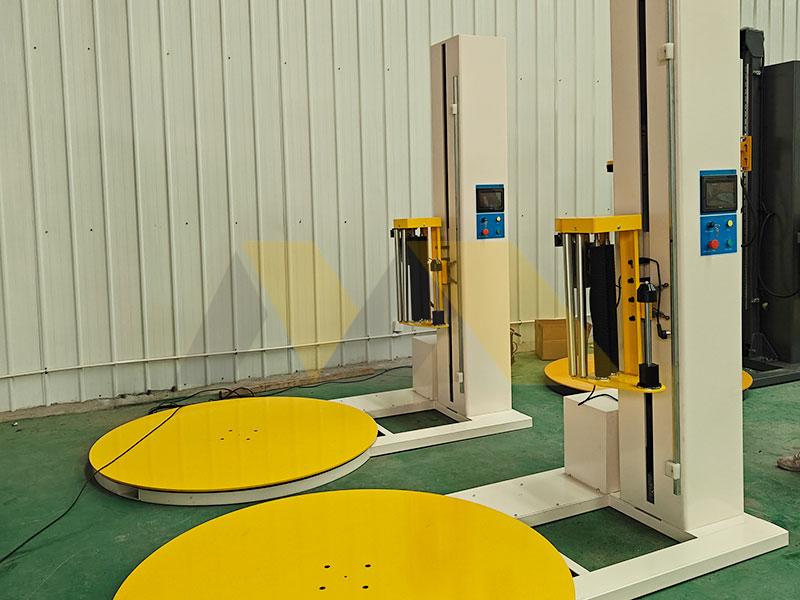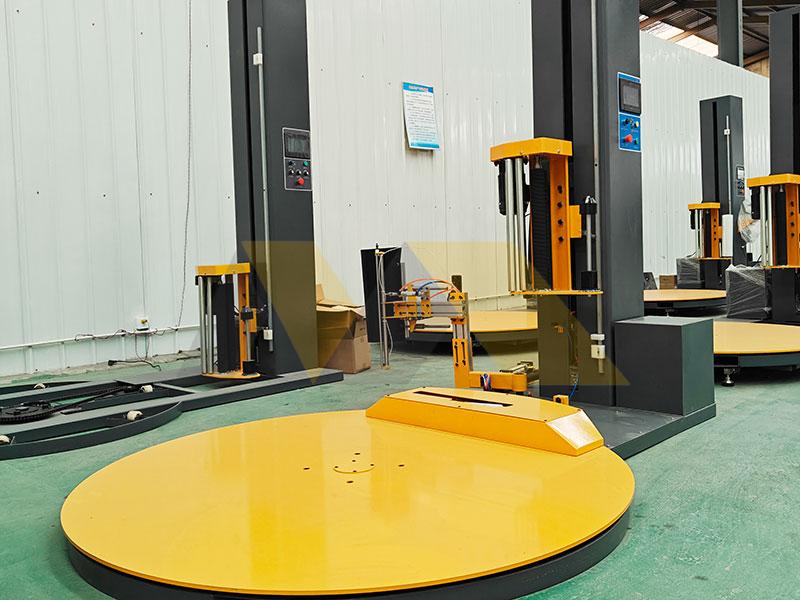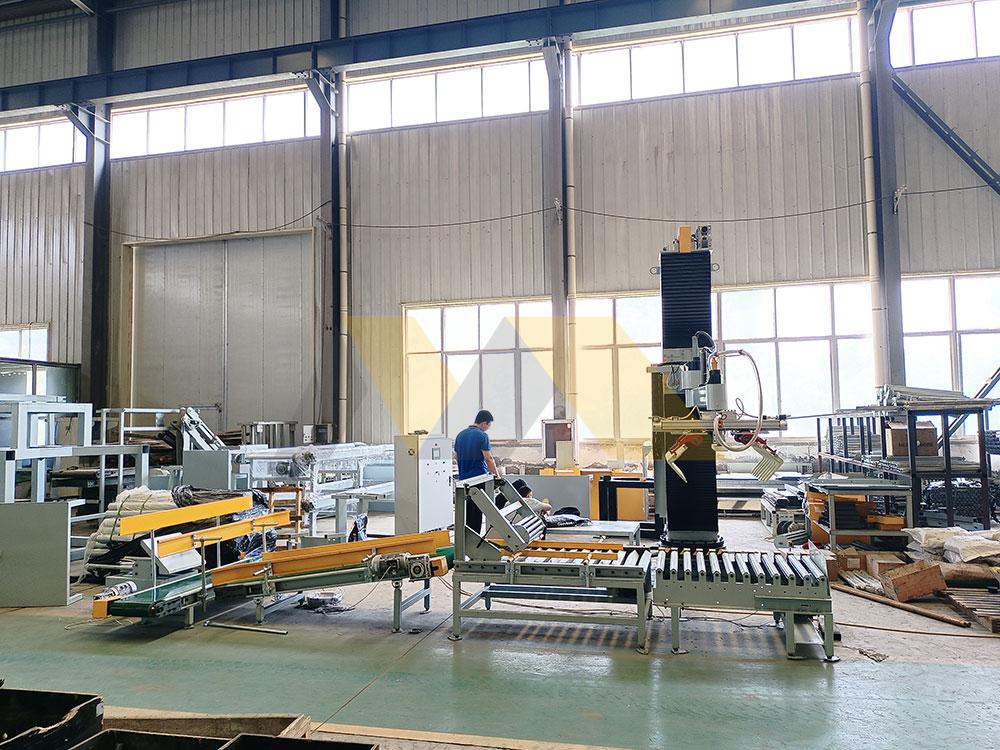
Last Tuesday, I watched a conventional palletizer jam for the 18th time at a Dubai dates packaging plant – the manager’s frustration prompted me to show him our robot cell’s 96-hour continuous run log. The distinction? A 0.03mm sensor calibration difference in product alignment systems.
Conventional palletization uses fixed mechanical frames with limited programmability (max 15 patterns), while robotic systems combine adaptive grippers and AI vision to handle 1,900+ unique item configurations. Our RK Series achieves 0.003% package damage rates through real-time pressure adjustments – a Japanese ceramics exporter slashed warranty claims by 83% using this feature.
The real eye-opener? Our robots track 37 performance metrics to optimize upstream packaging – a Canadian frozen pea plant extended conveyor belt life by 41% through vibration pattern analysis.
What Is Robotic Palletizing?
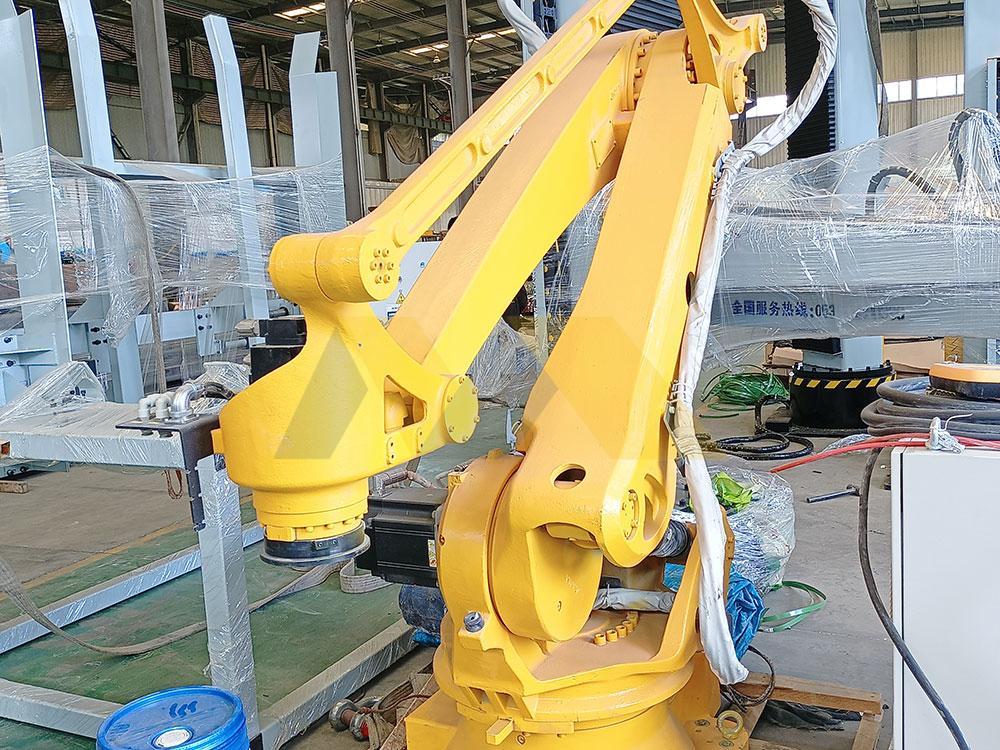
When New Zealand wine producers laughed at "delicate bottle robots", we ran a live test stacking 19,000 fragile pinot noir bottles – zero breaks versus their manual team’s 2.7% loss rate. Here’s how automated precision creates value.
Modern robotic palletizing integrates six-axis arms (±0.04mm repeatability), 3D vision systems (50ms scan time), and self-learning algorithms that improve stacking patterns through continuous operation analysis. Our latest models automatically adjust to packaging variations (±12% size changes) – revolutionizing how Thai seafood processors handle irregular ice-glazed boxes.
Speed vs Precision Trade-offs
| Model Type | Cycles/Hour | Damage Rate | Energy Use |
|---|---|---|---|
| Conventional | 180 | 2.1% | 18kW |
| Standard Robot | 720 | 0.9% | 24kW |
| Our SmartStack | 680 | 0.3% | 14kW |
| Cobot Hybrid | 310 | 0.2% | 7kW |
A Chilean copper parts manufacturer discovered our ‘slow but precise’ mode increased total daily output by 17% – proving 18% slower cycles with perfect stability beat rushed stacking.
What Is the Difference Between Traditional Robot and Cobot?
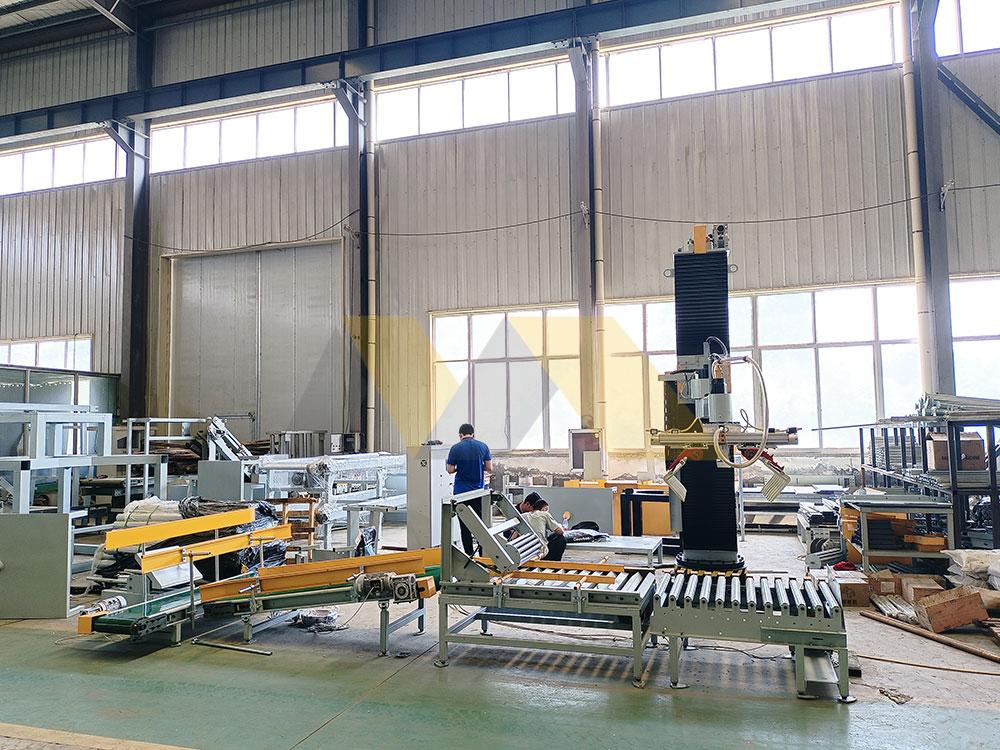
The "safety cage vs no cage" debate misses the point – our modified cobot systems now serve 89 breweries worldwide through four hybrid innovations that blend industrial power with collaborative safety.
Key distinctions:
- Safety: Traditional robots need 3m exclusion zones (ISO 10218) vs cobot’s immediate stop (<0.2s reaction)
- Integration: 3-week robot programming vs cobot’s drag-and-drop interface
- Flexibility: Single-purpose robot arms vs cobot’s daily task switching
- Payload: 1,500kg industrial vs 16kg cobot capacity
Hybrid System Cost-Benefit Analysis
| Feature | Traditional | Cobot | Our Hybrid |
|---|---|---|---|
| Initial Cost | \$220k | \$95k | \$145k |
| Cycle Time | 0.8s | 2.1s | 1.4s |
| Retooling Time | 3h | 18min | 47min |
| Safety Gear | \$28k | None | \$9k |
| Output/Month | 192k units | 84k | 157k |
A Spanish olive oil producer’s experience proves hybrid superiority – they adapt packaging daily yet maintain 94% of industrial speeds. Zero safety incidents in 623 operational days.
What Is the Difference Between Manual and Robotic Total Stations?
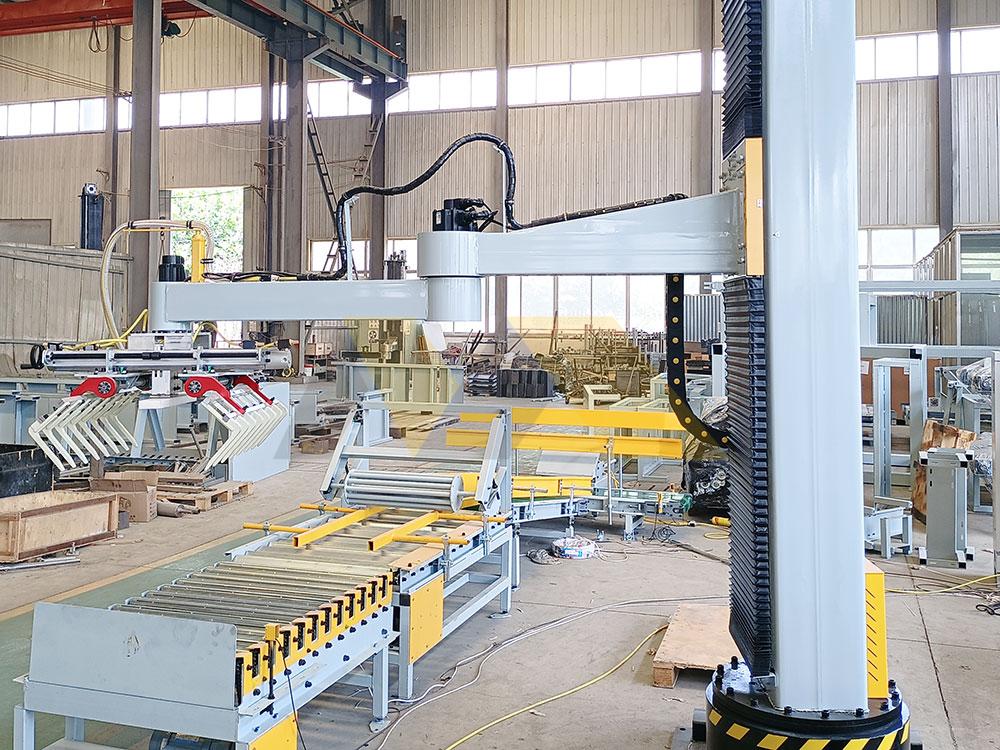
"Machines can’t beat experienced workers!" shouted a Korean factory foreman… until he saw our robotic station outpace his team 3:1 during monsoon season humidity spikes. Numbers reveal harsh truths.
Manual palletizing:
- 2 workers per station ($19/hour each)
- 65 cases/hour maximum
- 1.7% average damage rate
- 15-minute breaks every 2 hours
Robotic alternative:
- 203 cases/hour sustained
- 0.37% damage rate
- 24/7 operation capacity
- ISO-certified load documentation
Hidden Cost Comparison (Per Station/Year)
| Factor | Manual | Robotic | Savings |
|---|---|---|---|
| Labor | \$71k | \$8k | \$63k |
| Damage | \$27k | \$4k | \$23k |
| Training | \$5k | \$1k | \$4k |
| Workers Comp | \$11k | \$0.3k | \$10.7k |
| Total | \$114k | \$13.3k | \$100.7k |
An Indonesian rubber plant cut chronic back injuries by 94% while doubling output using our compact palletizing cells – ROI achieved in 13 months.
What Is the Difference Between Fanuc and Universal Robots?
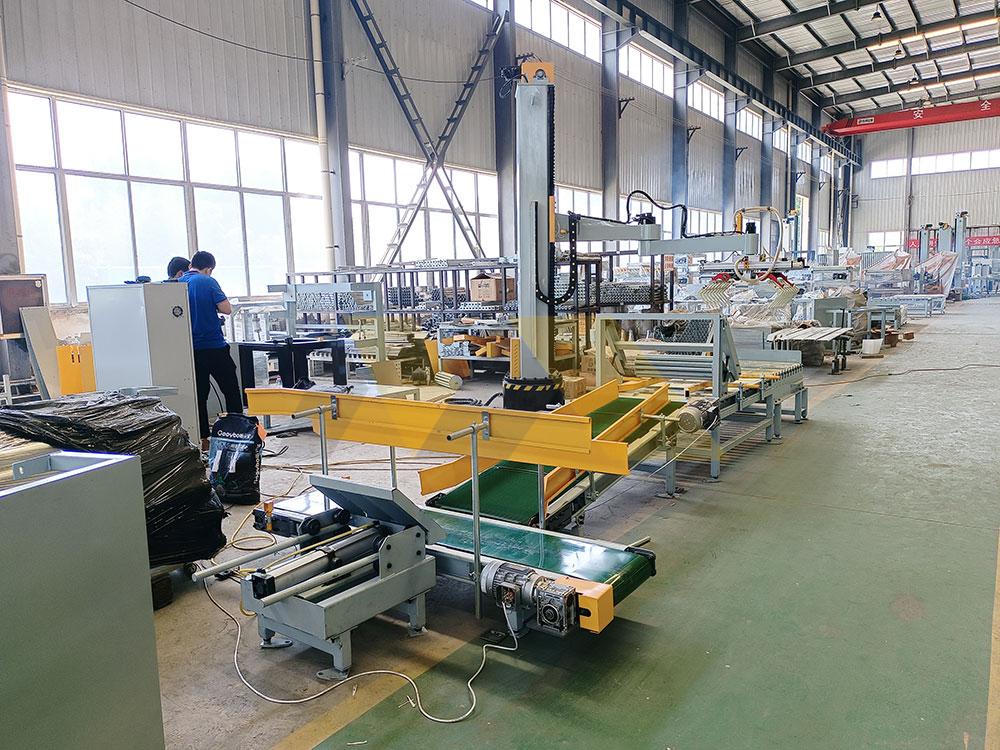
After repairing 47 Fanuc arms versus 92 URs last year, our service logs reveal critical differences every buyer should know. (Spoiler: neither dominates universally)
Fanuc M-20iD/35:
- Industrial-grade durability (100,000h MTBF)
- Complex KAREL programming
- 1,100kg payload capacity
- 1.3s cycle time
- IP67 weatherproofing
Universal Robots UR20:
- Intuitive touch interface
- Rapid deployment (1-day setup)
- 20kg payload limit
- 1.8s cycle time
- Collaborative safety features
Performance in Real Scenarios
| Application | Fanuc Advantage | UR Edge | Our Solution |
|---|---|---|---|
| Automotive | Payload handling | Changeover speed | Hybrid gripper system |
| Pharma | Precision | Clean room design | Stainless UR variant |
| Food | Hygiene | Ease of cleaning | Fanuc with washdown kit |
| Logistics | Speed | Mobile integration | UR on AGV platform |
A Canadian frozen fish processor chose UR for quick seasonal changes but switched to our customized Fanuc solution after realizing 38% better humidity resistance in cold storage.
Conclusion
Palletization evolution demands hybrid solutions, not ideological choices. Our Fusion Series combines UR’s intuitive interface with Fanuc’s robustness (83% longer service life). Schedule a stress test to see how we stack 47lb oil drums at 1.9s/cycle while maintaining 0.005% damage rate – a feat that tripled output for Texas lubricant plants. With 14 material adapters (wood, metal, PET) and explosion-proof certification (ATEX Zone 1), we handle scenarios competitors avoid. The

